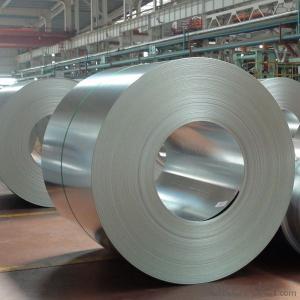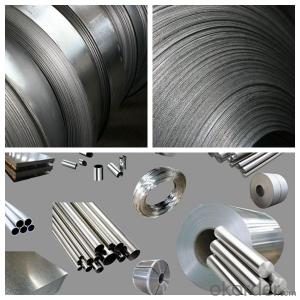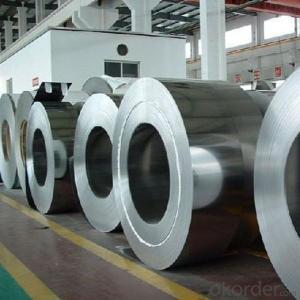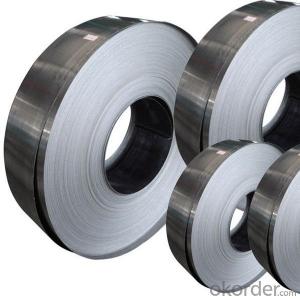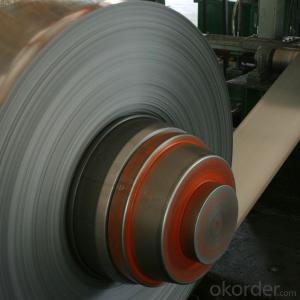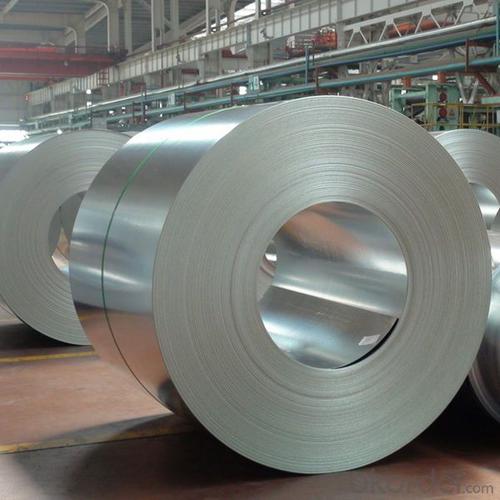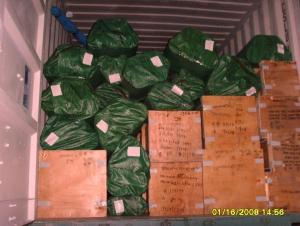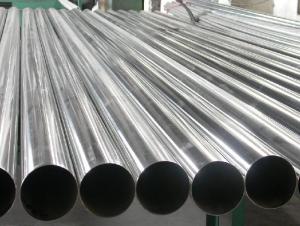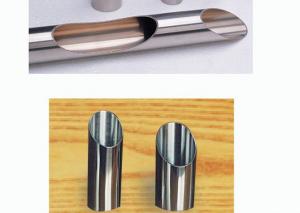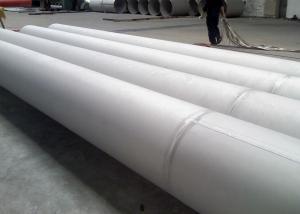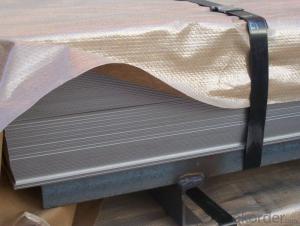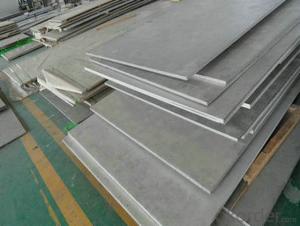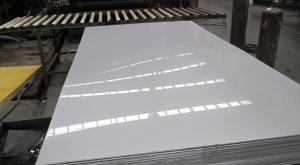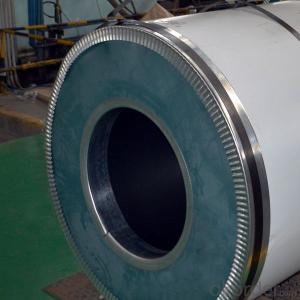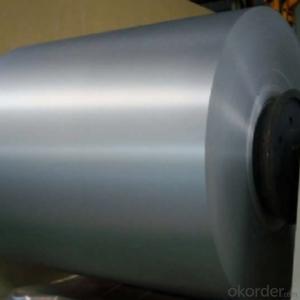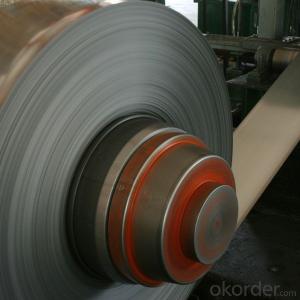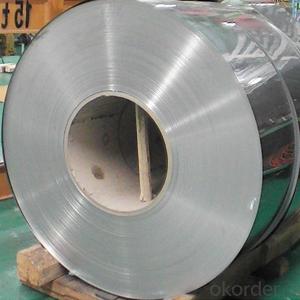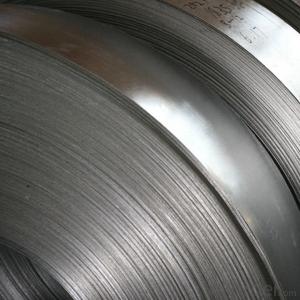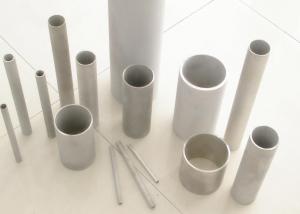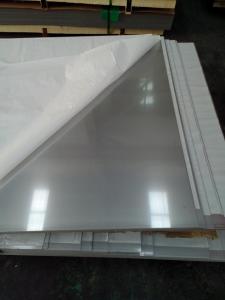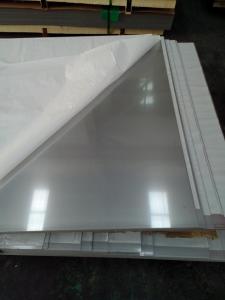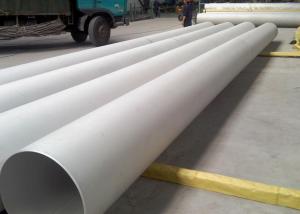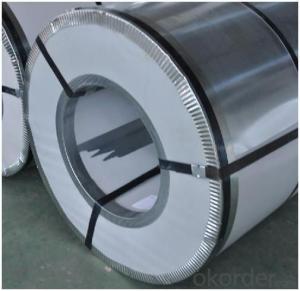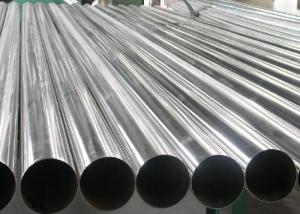Cold Rolled Stainless Steel Coils,Stainless Steel Sheets Grade 304L NO.2B Finish Made in China
- Loading Port:
- China main port
- Payment Terms:
- TT OR LC
- Min Order Qty:
- 18 m.t.
- Supply Capability:
- 1000000 m.t./month
OKorder Service Pledge
OKorder Financial Service
You Might Also Like
Specification
Products Description
Product | stainless steel coils/plates/sheets | ||
Discharge Port | Any Port, China | ||
Size | Coils | Cold Rolled: | Thickness0.3-8mm,Width:280-2100mm |
Hot Rolled : | Thickness3-14mm,Width:650-2100mm | ||
Plates | Thickness2-80mm,Width:1500-3000mm | ||
Coil Weight | About 20 Tons | ||
Grade | 201,202,304/304L/304H,316/316L/316H,321/H,310S,409/L,430 etc. | ||
Technique | Hot Rolled/Cold Rolled | ||
Finish | 2B, BA, 2D, No1, No2, No4,NO.8,SB etc | ||
Edge | Mill Edge / Slitting Edge | ||
Package | In bundles, or as customer's requirement | ||
Place of Origin | Made in China | ||
MOQ | 20 Tons | ||
Payment Terms | 100% LC at sight,or 30%TT in advance, balance against B/L copy | ||
Delivery Time | With 30-40 days after deposit | ||
Packaging & Delivery
Packaging Detail | Standard export packing or following customer's demand |
Delivery Time | Within 30-40 days after deposit or according to the order quantity |
Detail picture of Products:
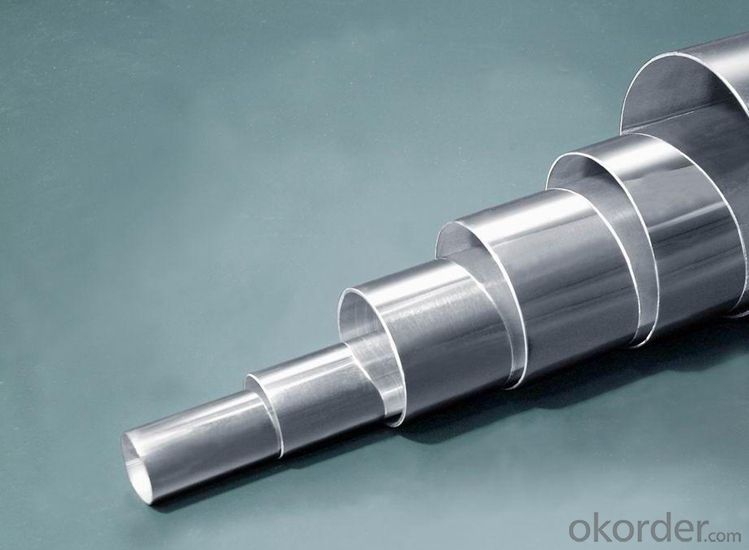
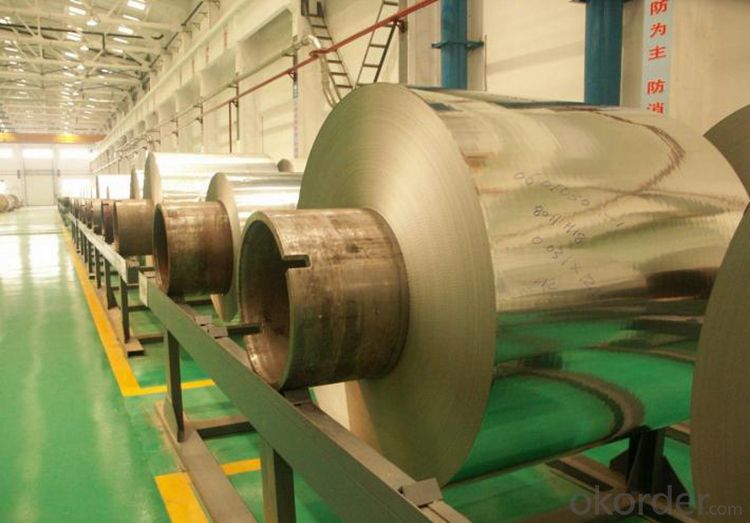
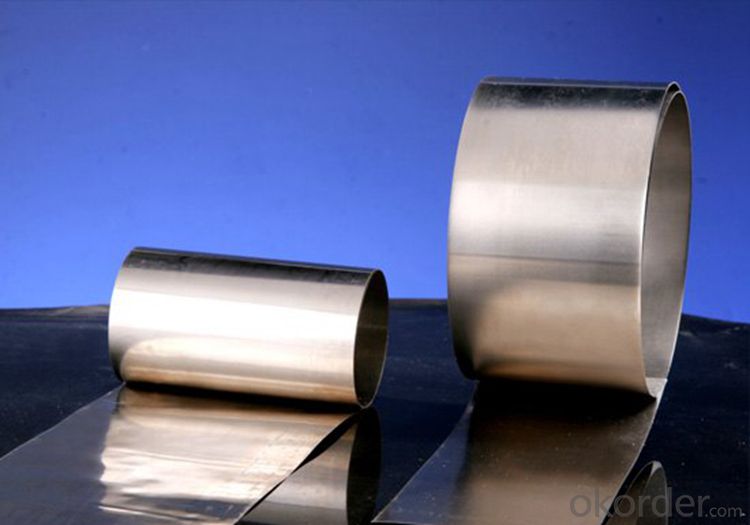
Application:
Finish | Definition | Application |
2B | Those finished, after cold rolling, by heat treatment, pickling or other equivalent treatment and lastly by cold rolling to given appropriate luster. | Medical equipment, Food industry, Construction material, Kitchen utensils. |
BA | Those processed with bright heat treatment after cold rolling. | Kitchen utensils, Electric equipment, Building construction. |
NO.3 | Those finished by polishing with No.100 to No.120 abrasives specified in JIS R6001. | Kitchen utensils, Building construction. |
NO.4 | Those finished by polishing with No.150 to No.180 abrasives specified in JIS R6001. | Kitchen utensils, Building construction, Medical equipment. |
NO.1 | The surface finished by heat treatment and pickling or processes corresponding there to after hot rolling. | Chemical tank, pipe. |


FAQ
Q: How long is the delivery time?
A: Normally 30-40 days, but mostly according to the specific requirements or the quantity
Q: Could you send me sample?
A: We can supply you with the sample for free, but the delivery charges will be covered by customers.
- Q: Can stainless steel sheets be used for architectural cladding?
- Yes, stainless steel sheets can be used for architectural cladding. Stainless steel is a versatile material that offers a range of benefits for architectural applications. It is highly resistant to corrosion, making it suitable for both interior and exterior cladding in various environments. Stainless steel sheets are also durable and require minimal maintenance, which is advantageous for long-term use in architectural projects. Additionally, stainless steel has an attractive appearance and can be finished in different ways, allowing architects to achieve the desired aesthetic for their designs. Its strength and fire resistance properties further enhance its suitability for architectural cladding. Overall, stainless steel sheets are a popular choice for architectural cladding due to their durability, corrosion resistance, aesthetic appeal, and versatility.
- Q: What specifications do stainless steel plates have?
- This is not specified. Do you want to make 201 or 304?. You can measure the size of the bag you want. Double fold (usually 10MM), such as length, width, and thickness of the package. Go and ask someone to do it for you. If fitted, use a glass or spot weld.
- Q: What are the different types of stainless steel sheet perforations available?
- There are several different types of stainless steel sheet perforations available, each with its own unique characteristics and applications. Some of the most common types include: 1. Round hole perforations: These are the most basic and widely used type of perforations. They are simple round holes evenly spaced across the sheet, providing good airflow and visibility. 2. Square hole perforations: Similar to round hole perforations, square holes offer a different aesthetic and can also be used for ventilation or decorative purposes. 3. Slotted perforations: Slotted holes are elongated and provide a larger open area compared to round or square holes. They are often used for drainage or filtering applications. 4. Hexagonal hole perforations: Hexagonal holes offer a unique pattern and are commonly used for architectural or decorative applications. They can also provide good airflow and visibility. 5. Decorative perforations: These types of perforations come in various shapes and designs, including floral, geometric, or abstract patterns. They are typically used for decorative purposes in applications such as building facades or interior design. 6. Micro-perforations: These are very small holes, typically less than 1mm in diameter. Micro-perforated sheets are used in applications where high precision and fine filtration are required, such as speaker grills or air diffusers. It's important to consider the specific requirements of your application when choosing the type of perforation. Factors such as open area, strength, visibility, and aesthetics should all be taken into account to ensure the best perforation choice for your specific needs.
- Q: How do I prevent pitting on stainless steel sheets?
- To prevent pitting on stainless steel sheets, it is important to keep them clean and dry. Avoid exposure to harsh chemicals or high chloride environments, as they can cause corrosion. Regularly inspect the sheets for any signs of damage or pitting, and promptly address any issues. Applying a protective coating or using stainless steel cleaners can also help to prevent pitting and maintain the appearance and integrity of the sheets.
- Q: What is the weldability of stainless steel sheets?
- Stainless steel sheets have good weldability due to their composition and properties. They can be easily welded using various welding techniques, such as TIG (Tungsten Inert Gas) or MIG (Metal Inert Gas) welding. However, the specific weldability may vary depending on the grade and thickness of the stainless steel sheet. It is important to use appropriate welding procedures and techniques to ensure a strong and durable weld.
- Q: Can stainless steel sheets be used in decorative applications?
- Yes, stainless steel sheets can be used in decorative applications. Due to their durability, versatility, and attractive appearance, stainless steel sheets are commonly used in interior and exterior design projects, such as wall cladding, decorative panels, countertops, backsplashes, and furniture. They offer a sleek and modern aesthetic while also being resistant to corrosion, making them suitable for both functional and decorative purposes.
- Q: Who knows the production process of stainless steel plate?
- Stainless steel surface process:Stainless steel has a variety of surface processing to broaden its application areas, different surface processing makes the surface of stainless steel different, making it unique in the application.The corrosion environment requires smooth surface for smooth surface is not easy to fouling. Deposition of dirt can make stainless steel rusty and even cause corrosion.In the spacious lobby, stainless steel is the most commonly used decorative materials for the elevator decoration, although the surface of the fingerprint can erase, but affect the appearance, it is best to use the appropriate surface to prevent leaving fingerprints.
- Q: How do you drill holes in stainless steel sheets?
- Drilling holes in stainless steel sheets requires some specific steps and tools to ensure accurate and clean results. Here's a step-by-step guide on how to drill holes in stainless steel sheets: 1. Gather the necessary tools: You will need a drill machine, suitable drill bits for stainless steel (preferably cobalt or carbide), center punch, safety goggles, work gloves, and a clamp or vise to secure the stainless steel sheet. 2. Choose the right drill bit: Stainless steel is a tough material, so regular drill bits may not be effective. Cobalt or carbide drill bits are more appropriate for stainless steel as they are specifically designed to cut through hard metals. 3. Mark the hole position: Use a center punch to create a small indentation at the exact spot where you want to drill the hole. This will prevent the drill bit from slipping while starting the hole. 4. Secure the stainless steel sheet: Clamp or secure the stainless steel sheet firmly to a workbench or surface to avoid movement during drilling. This will ensure accurate and clean holes. 5. Wear safety gear: Put on safety goggles and work gloves to protect your eyes and hands from metal debris and sharp edges. 6. Start drilling: Place the drill bit on the marked indentation and apply light pressure to start the hole. Use a slower speed setting on your drill machine to prevent overheating. Gradually increase the pressure as you continue drilling. 7. Use cutting fluid or lubricant: To reduce friction and heat buildup, apply a cutting fluid or lubricant on the drill bit while drilling. This will help prolong the life of the drill bit and prevent the stainless steel sheet from discoloration or warping due to excessive heat. 8. Monitor the drilling progress: Keep an eye on the drilling progress and adjust the speed and pressure accordingly. It's essential to maintain a steady pace and avoid applying excessive force, as it can lead to drill bit breakage or damage to the stainless steel sheet. 9. Remove metal debris: Periodically stop drilling and remove metal debris from the hole to prevent clogging and ensure a clean hole. 10. Finish the hole: Once the desired hole size is achieved, slowly withdraw the drill bit from the stainless steel sheet. Smooth out any rough edges around the hole using a file or deburring tool. By following these steps and using appropriate tools, you can successfully drill holes in stainless steel sheets with precision and efficiency. Remember to take your time, prioritize safety, and maintain proper tool maintenance for optimal results.
- Q: What are the common manufacturing standards for stainless steel sheets?
- The common manufacturing standards for stainless steel sheets include ASTM A240, ASME SA240, EN 10028-7, and JIS G4304. These standards specify the chemical composition, mechanical properties, tolerances, and surface finishes required for stainless steel sheets used in various industries.
- Q: Can stainless steel sheets be cut or welded?
- Indeed, it is possible to cut and weld stainless steel sheets. Various methods, such as shearing, plasma cutting, laser cutting, or waterjet cutting, can be utilized to cut stainless steel sheets. When it comes to welding, the process involves joining two pieces together by heating them to their melting points and, if needed, incorporating a filler material. Nevertheless, it is crucial to acknowledge that welding stainless steel necessitates specific techniques and equipment due to its distinctive attributes, including low thermal conductivity and high thermal expansion. Consequently, it is imperative to possess adequate training and expertise to guarantee a fruitful and high-quality weld.
Send your message to us
Cold Rolled Stainless Steel Coils,Stainless Steel Sheets Grade 304L NO.2B Finish Made in China
- Loading Port:
- China main port
- Payment Terms:
- TT OR LC
- Min Order Qty:
- 18 m.t.
- Supply Capability:
- 1000000 m.t./month
OKorder Service Pledge
OKorder Financial Service
Similar products
Hot products
Hot Searches
Related keywords
